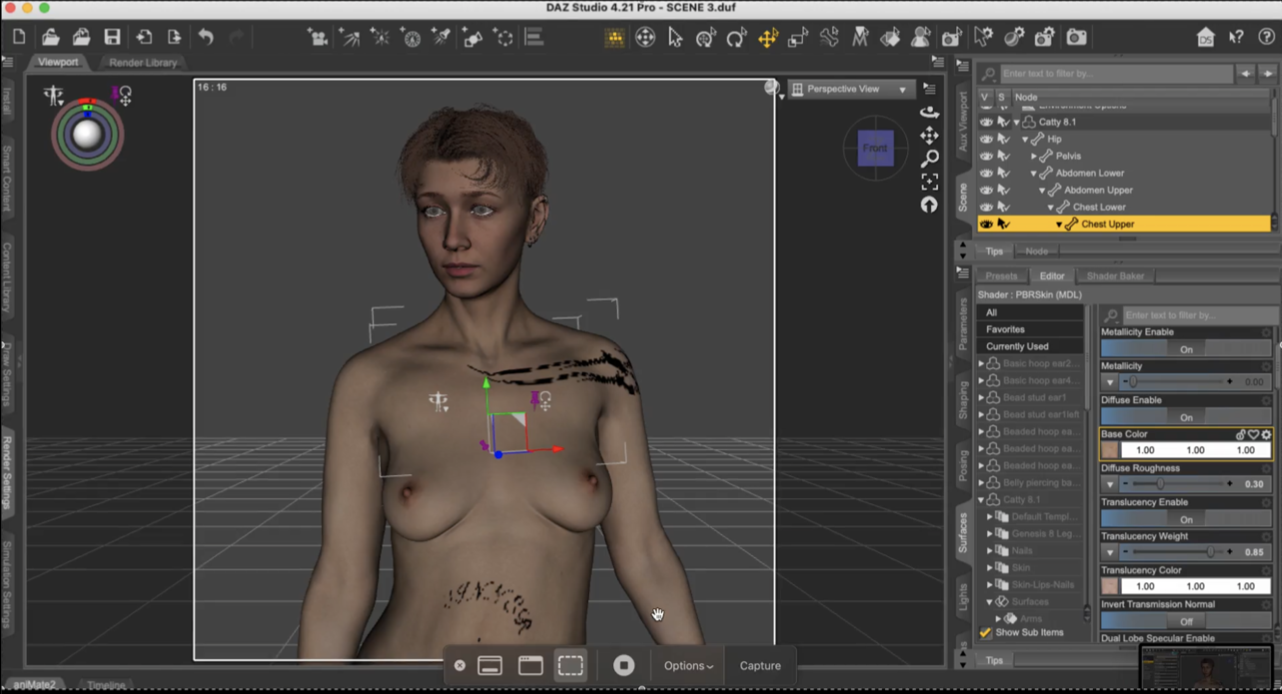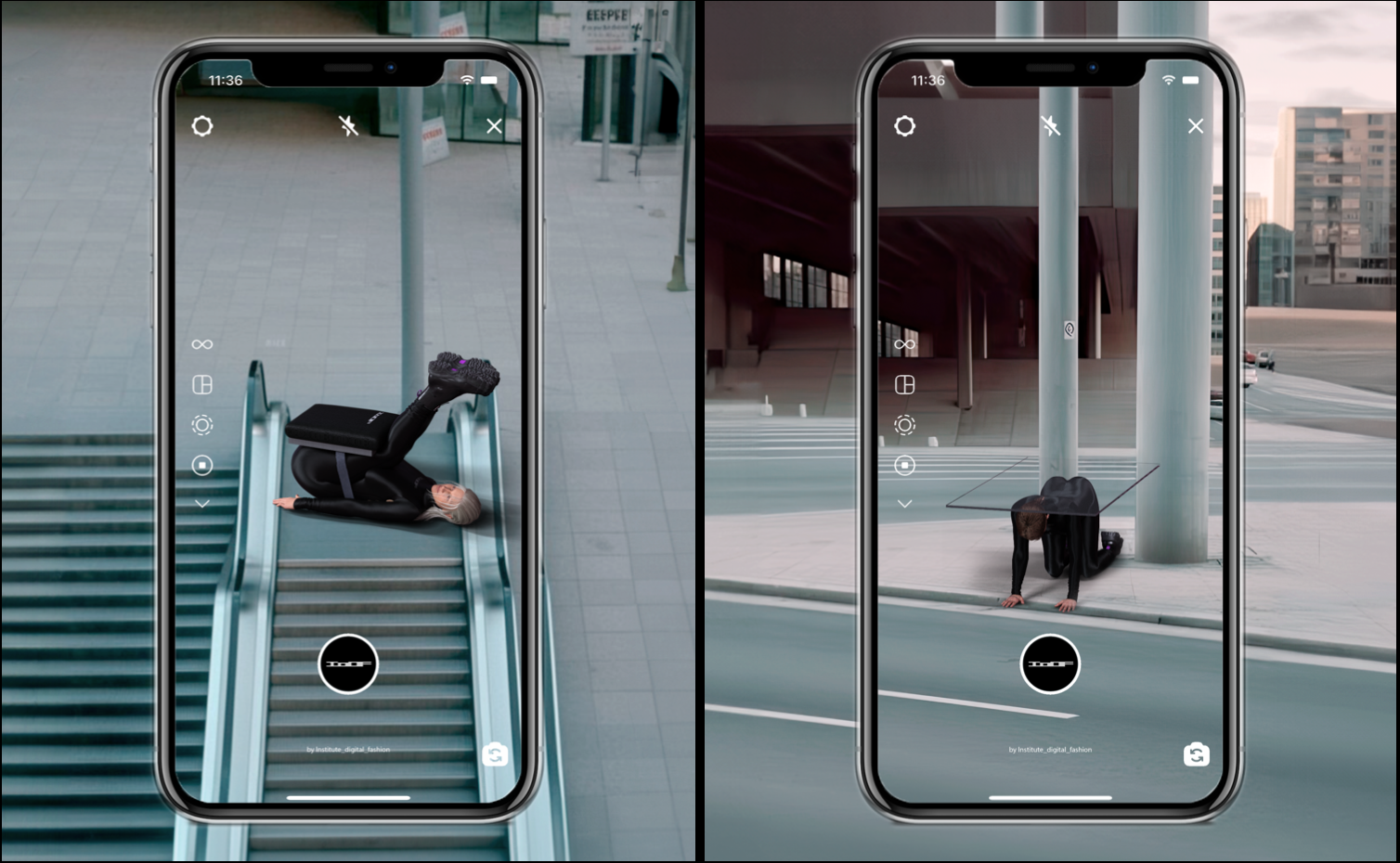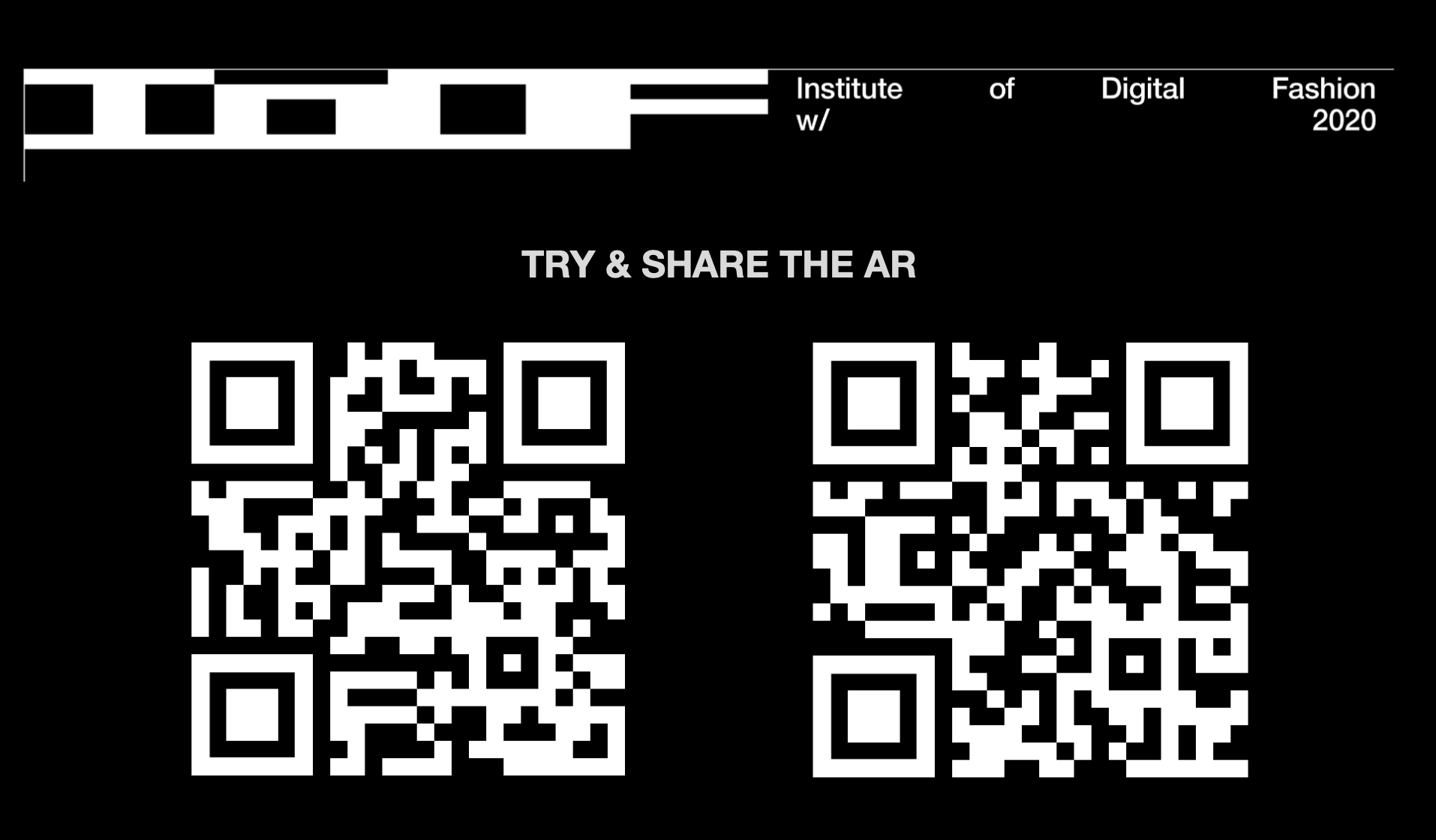Nan Goldin Goes Supreme
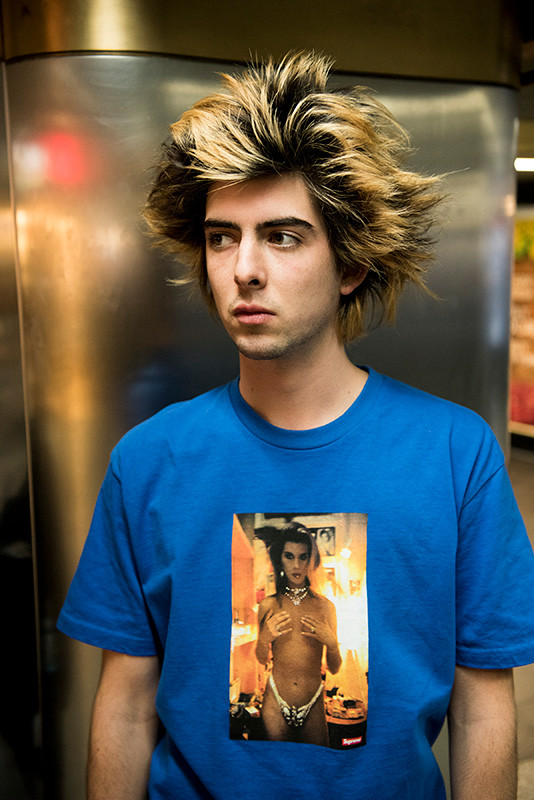
Check it out now, and then go buy your camping supplies before it drops on Thursday March 29th.
Images courtesy of Supreme
Stay informed on our latest news!

Check it out now, and then go buy your camping supplies before it drops on Thursday March 29th.
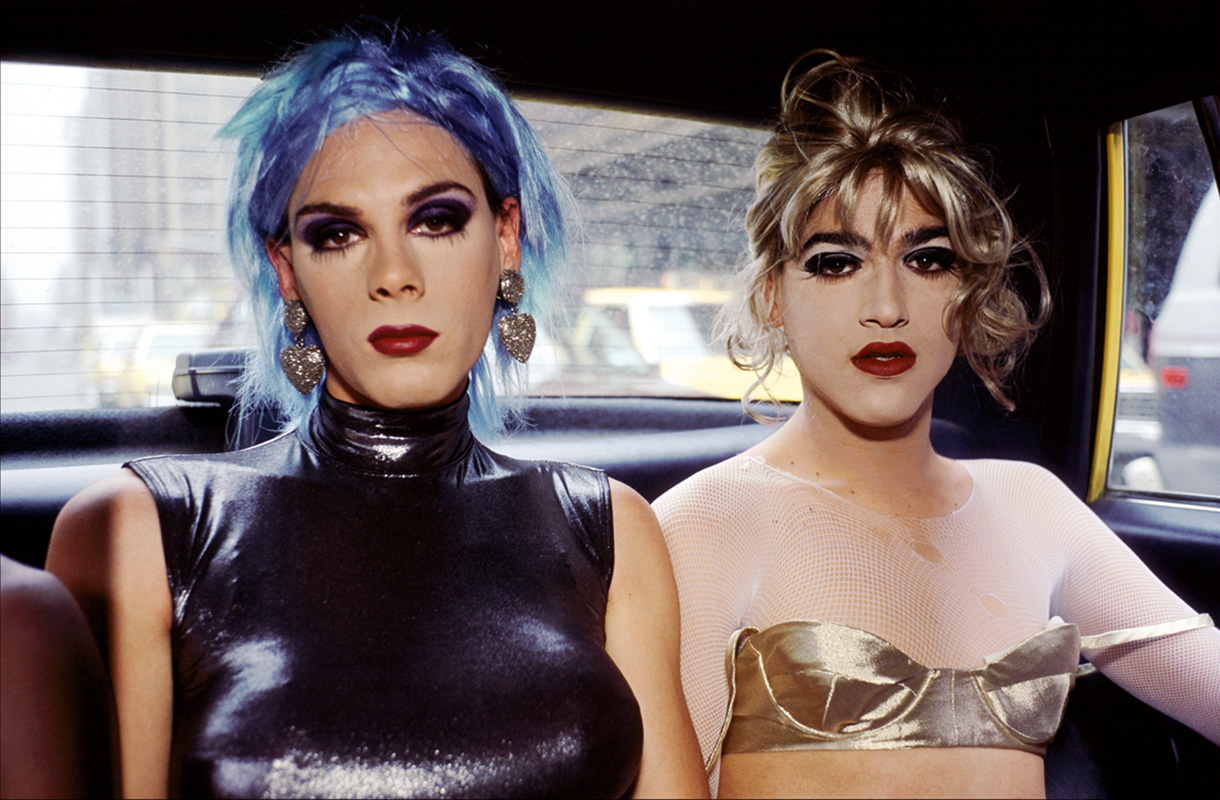
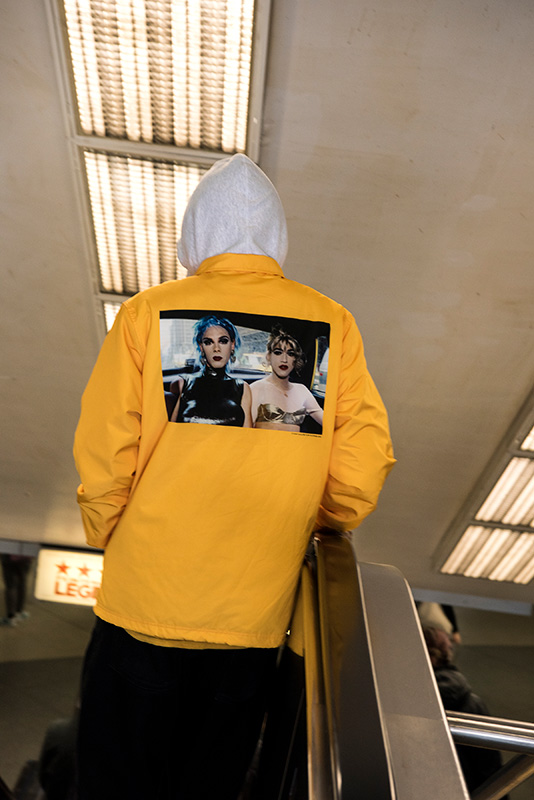


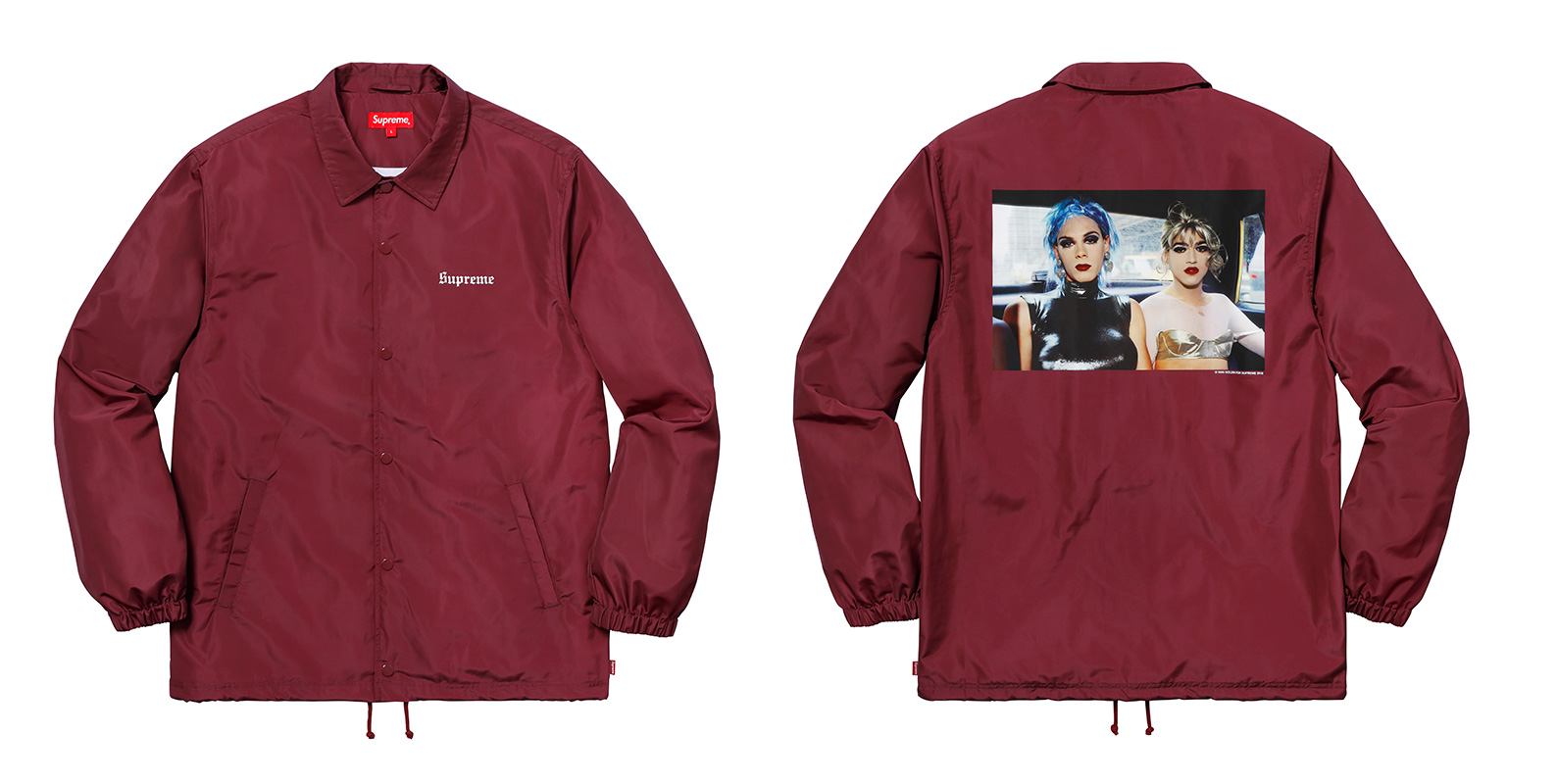
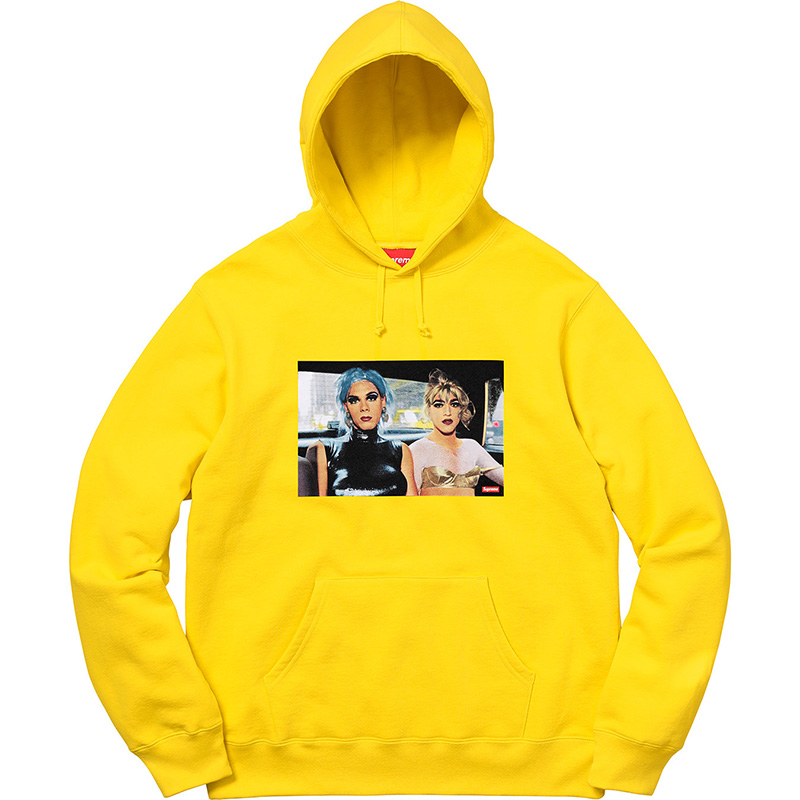

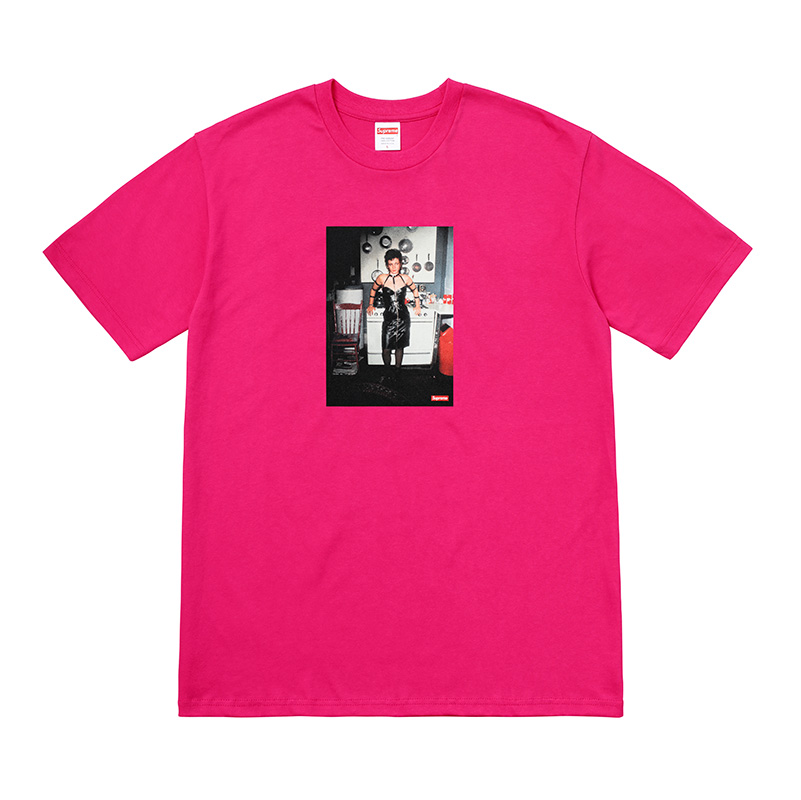
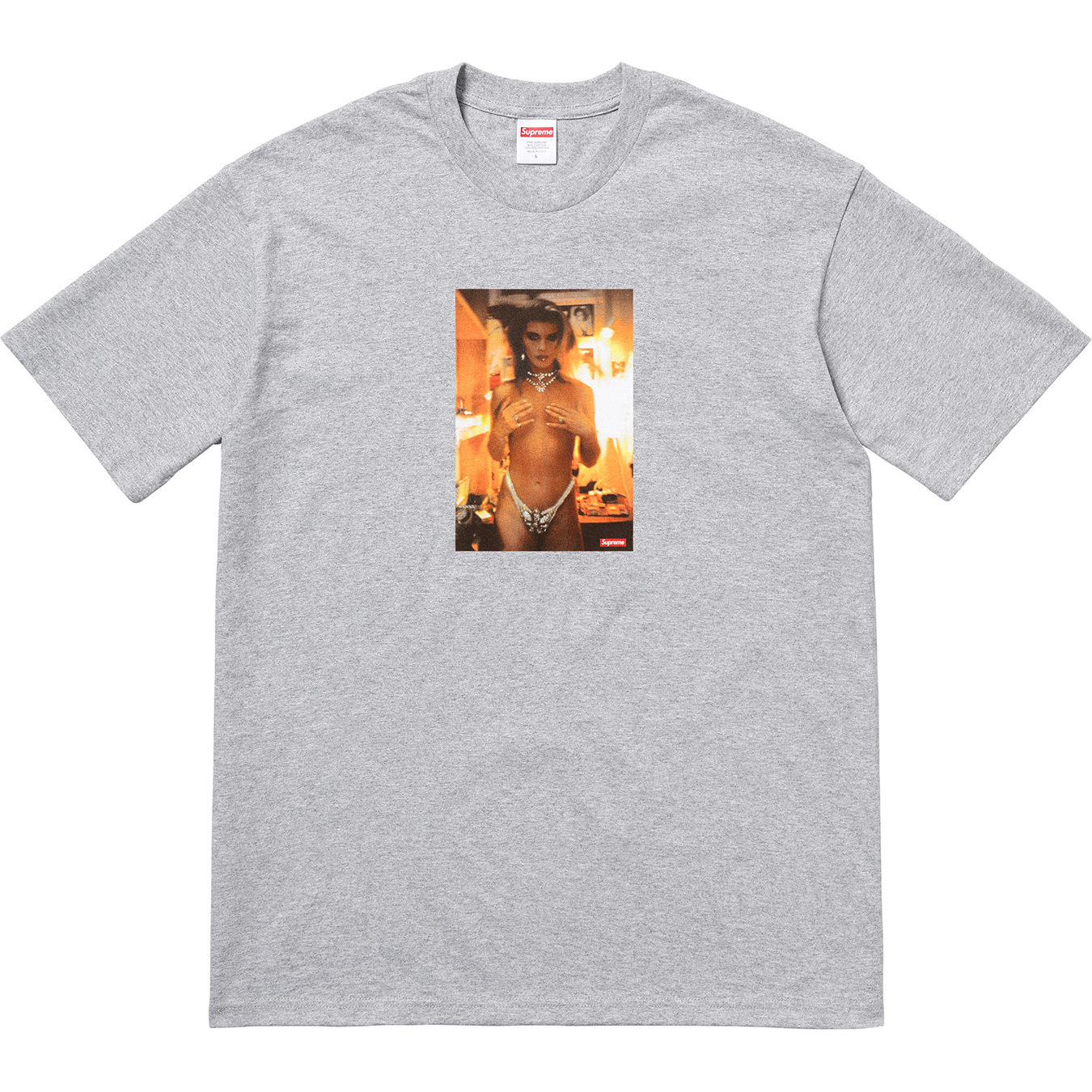
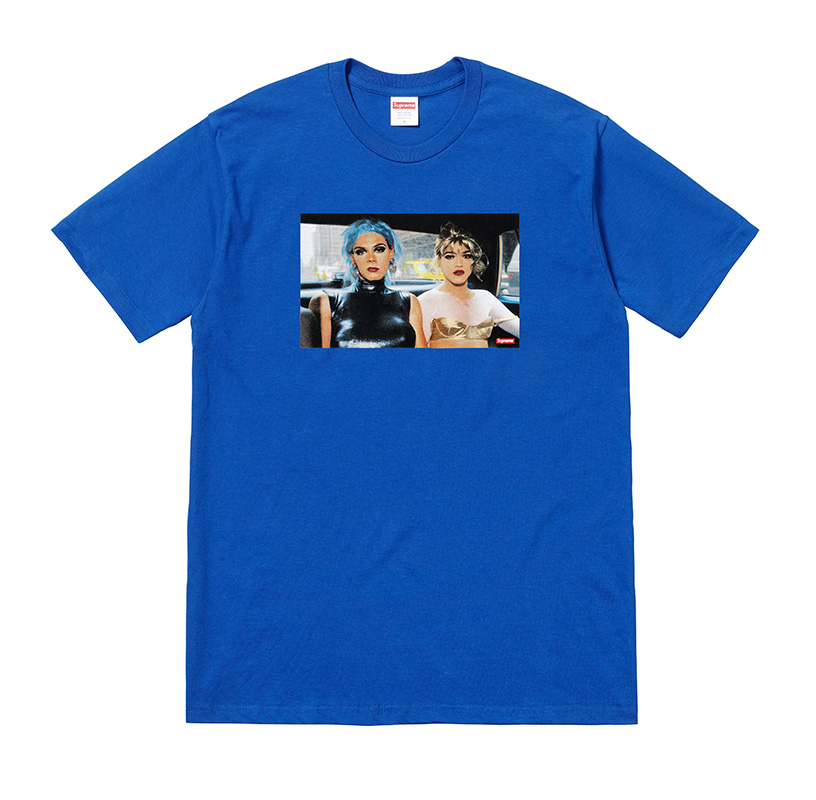
Images courtesy of Supreme
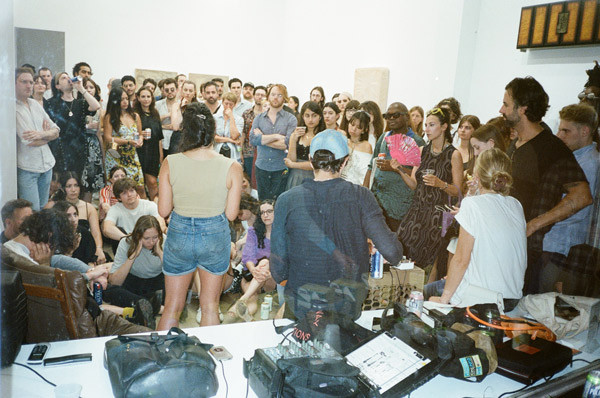
July 2nd
I wake inside a sublet in the lowest, most eastern edge of the Lower East Side. I haven’t slept in Manhattan since 2009 when I moved to the city after working in Paris. Back then I hosted at Lucien, and following a couple months of enduring the bistro’s tyrannical owner, I went to LA where I’ve lived ever since.
In LA I flitted around the edges of many scenes and watched them all swell, crest and collapse. These days I’ve been thinking specifically about those scenes for here, improbably and quite surreally, I find myself near the epicenter of LA’s underground literary earthquake.
What drives scenes? What attracts so many artists and dreamers, graspers and grifters to them? I’ve come to NYC for many reasons: to hook a lit agent, to schmooze with publishers and editors, to debut Casual Encountersz. But mainly I want to experience NYC’s literary scene to get a better understanding of my own.
That night friend invited me to Clandestino.
“This is NYC’s Prado,” they assure me.
The two bars, like America’s twin great metropolises, are impossibly different. Their one similarity: I spend many nights watching poets and sex freaks doing drugs in their bathrooms.
July 3rd
Honey’s rooftop is ringed with Bushwickerati: blue hair, septum rings, stick-and-poke tats. Poet Lily Lady emcee’s the reading with an aristocratic flair, as if they can’t be rushed nor bothered.
“What about a Casual Encountersz at the Ritz?” Lady asks after the reading, once they realize I’m the writer who’s been pestering them the past few weeks. “I’ll have a room there, actually.”
I plan to host three NYC Casual Encountersz, a mini tour of sorts. Debuting CE as an invite-only reading inside a five-star suite with Lady’s gang of queer poets?
“Sounds chic,” I say.
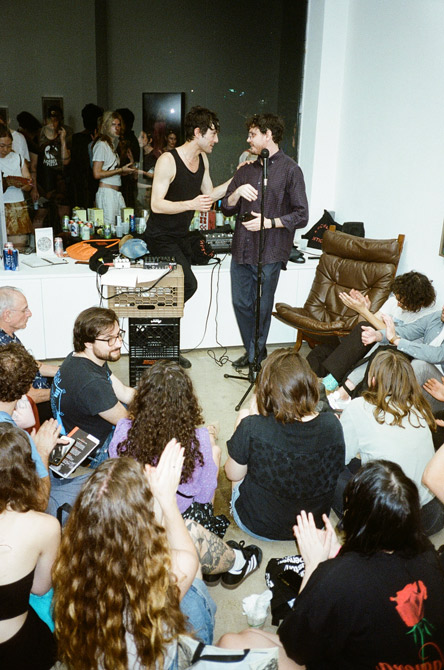
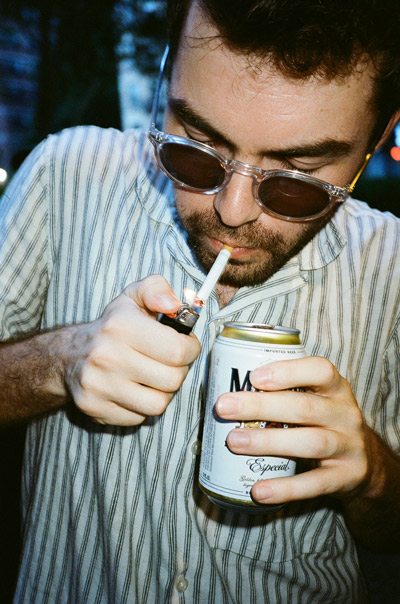
July 6th
After the reading at Village Works, everyone goes to Scratcher. Even my friends The Poet and the Sex Freak tag along. Sometimes I worry that everyone I know is either a poet or a sex freak.
I’m trying to chat up Tracy O’Neill, a novelist who has agreed to read at the second NYC CE, but who now sits behind an IPA. Running CE, I’ve learned that nothing qualifies as confirmed until they’re standing behind the mic. After a few too many tequilas, I work up the courage to cozy up to O’Neill who turns out to be a pro, I mean the woman has a PhD—of course she’s showing up! I need to relax, this month of puzzling together readers and venues won’t be easy if I can’t keep a lid on my neurosis.
Meanwhile Nylon reporter Sophia June and her gang are partying in the back booths and invite us to another bar. We meet there and soon we are trading numbers, Instascams, everyone asking about the upcoming readings.
NYC’s fluidity is unimaginable in LA’s sprawl. It’s mesmerizing, addictive. For a social butterfly like me it’s uncut cocaine.
July 10th
Two days until the Ritz CE. Instascammers and sub slackers harass me for the addy. One ‘journalist’ DMs that she wants to write a takedown of Crumps, the leftist infamous for his substacks mapping Dimes Square’s alt right whack jobs. I’m freaking that 100 people turn up and get us shutdown.
“Stop acting like a little bitch,” snaps my mentor, exiled London-based New Yorker writer Alexis Okeowo when I FaceTime them for advice. “Keep it together!”
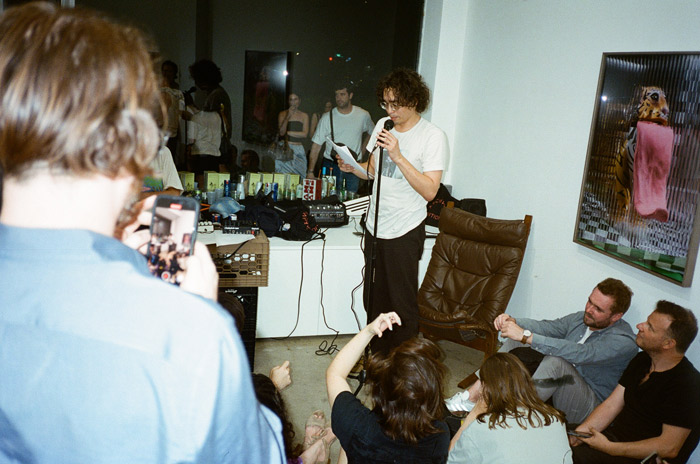
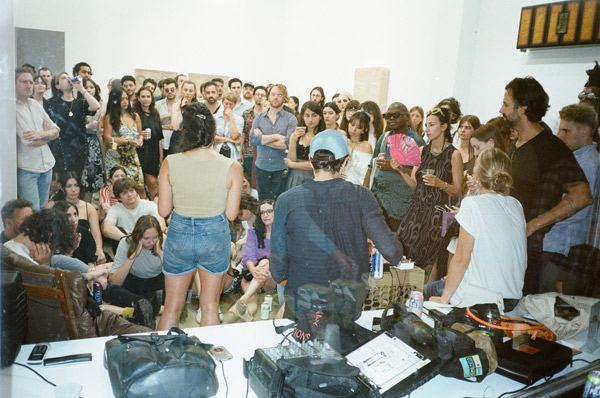
July 12th
The Drift party is packed with the literary establishment, or what the ‘establishment’ calls the ‘underground’ and what the ‘underground’ nicknames ‘The Grift.’
Drinks are $18. Something criminal about it. I love The Drift. I subscribe and submit (and get rejected). But even I give away free booze at CE. Readings—even transcendent ones full of talented, hot writers—are still trench warfare. Obliteration is the only way to survive. But it’s fine. One of the sex freaks sneaks in Mich Ultras and another’s got ketamine and we’re off to the races.
Editors, agents, and journalists with the power to transform beatniks’ lives mingle and flirt. Everyone’s asking where I studied and I fight the urge to lie that I went to Brown or have an MFA from Columbia. Drift-world attracts a scholastic, pedigreed crowd, one I’ve always envied, admired and oddly feel part of, even if I attended a mediocre university and missed out on the MFA pyramid scheme.
While dancing a debonair lit agent asks for my manuscript. This type of networking rarely happens in LA and crystallizes an important distinction: NYC’s literary circles may be ruthless, but that’s in part because there’s stakes with contracts, commissions, and deals dangling before everyone’s eyes. Back home, my beatnik LA scene lacks those opportunities, which helps keep it youthful, bohemian, and in the shadow of Hollywood’s greed, radical. But what does literature lose without capitalism’s professionalized switchblade at its throat?
I spot reporter and legendary tweeter Joe Bernstein who I invited to CE. Yet among the pantheon of shitposting deities, Bernstein lives lower down on Mt. Olympus. The Zeus is Naomi Fry and she’s nowhere to be seen. Will Fry join the fray?
Socialite and writer Sophia June glides by atop vintage platforms and introduces me to Drift founder and the evening’s starlet Rebecca Panovka. We talk Mexico City and doppelgängers all while I suss out the afterparty deets.
Meanwhile the crowd’s thinning, the potty-trained media class turning in early, when as if on cue Naomi Fry arrives. We’ve been DMing, as one does, about the Doors, Guns ’n’ Roses, and the Jews. If there’s any NYC writer I want to cover CE, it’s Fry.
“Hi Sammy,” Fry says, greeting me as if we’re old pals, as if I weren’t some rando Instascammer. “You’re going to High Dive?”
We trail Fry to the afterparty, but she melts away faster than the ice in my soda water. Does she realize I think she’s the most hilarious of all shitposters? I’m about to find Fry and confess when the sole of Sophia June’s platform breaks off.
What can a broken shoe portend about the fragile nature of scenes? I wonder as a friend jerry-rigs the platform back together with plastic grocery sacks. Perhaps everything, perhaps nothing, perhaps it’s time for bed.
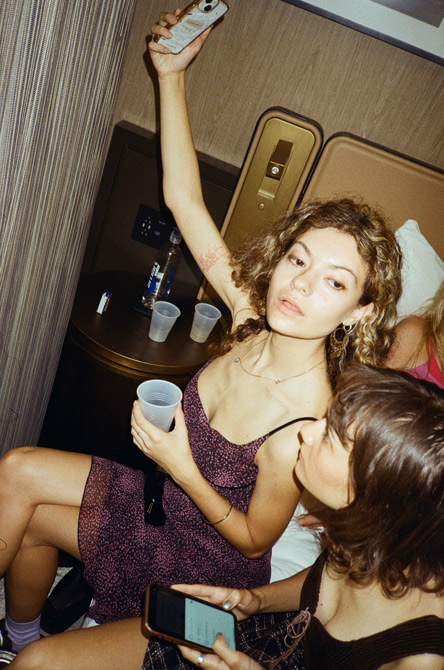
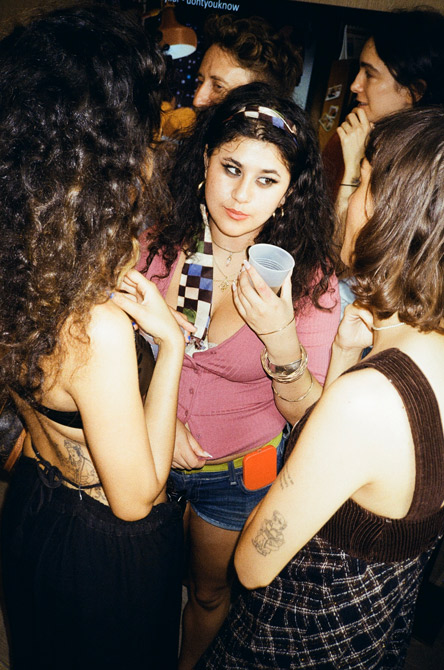
July 13th
The Ritz is a fortress and as Lily Lady pads barefoot through the lobby, I worry how we’re gonna sneak 30+ freaks past the army of doormen guarding the hotel.
“Fuck the Ritz,” says Lady, in the elevator, gliding up to the 14th floor.
Sex workers, Semiotext(e) dolls, and one Paris Review editor cram into the room. Poet Matt Starr recounts sucking off hotdogs and Mackenzie Thomas reads teenage sexcapades. Crumps does crumps and poets Sul Mousavi and Zoey Greenwald salute mothers and youth. Maddie Vasquez weeps while memorializing a fallen poet. Reclining across the bed, Lily Lady closes out the night and tells everyone to leave.
But before the room clears, a pillow fight erupts, Lady and a bunch of poets jumping up and down, bashing each other, ecstatic, euphoric, electric.
July 21st
Sovereign House hums with the launch of Heavy Traffic Magazine. The crowd’s mixed between Dimes Square glitterati and Drift world and others I can’t ID.
There are no readings which makes it easier to observe NYC’s literary factions circle each other like fighters in the ring. Writing has more in common with boxing than anyone admits. Much has been whispered about downtown, the rumored tech financiers and alt-right politics, the clout chasers and Catholic converts. To be honest everyone I meet is warmer and friendlier than the internet’s bare knuckled discourse would ever suggest. Any scene, no matter its participants or politics, burns on the gasoline of spectacle. It’s what attracts so many to its heat. Everyone wants to see and be seen, especially one of the sex freaks who turns up.
“Good people on both sides,” she says, eyeing the buzzing room.
July 22nd
The Second NYC CE at Powerhouse Arena makes me nervous because the lineup is legit, serious writers. People with agents, books deals, degrees. My world in LA is club kids writing on Notes App. By contrast NYC feels like the big leagues. Legend Sam Lipsyte, and icons Tracy O’Neill, Sarah Wang and Jessica Denzer.
Guests arrive with flowers.
“You’re here for the reading?” I ask.
“No,” one snaps. “We’re here for Loré.”
Meaning poet Loré Yessuff. Another serious writer. All poets need a gang at their back.
Serious writers are usually good writers. They’re not chronically online. Might be something there worth consideration, though as a full-blown Instascammer, I’m not digging any further.
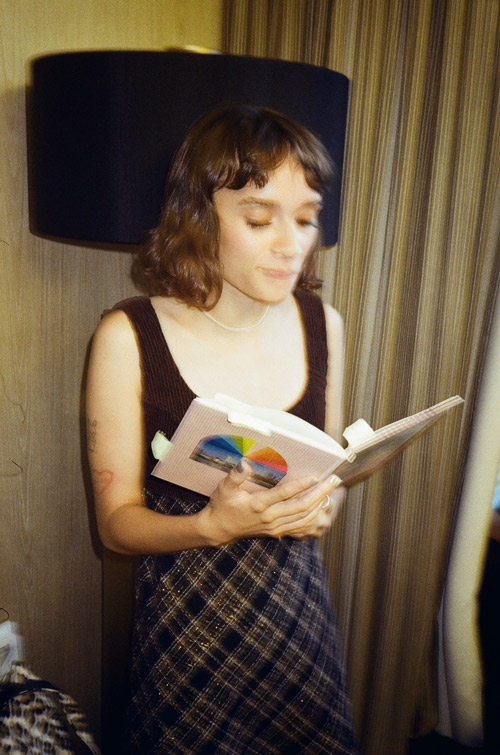
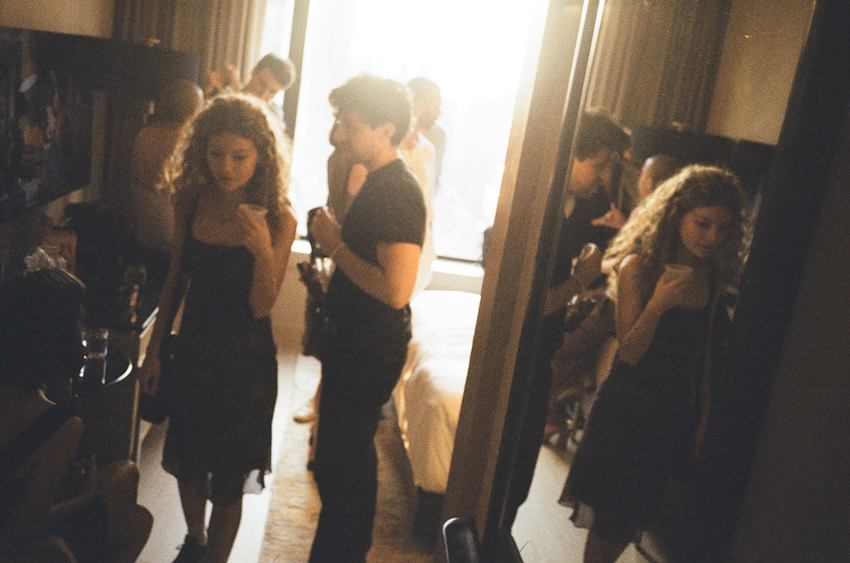
July 24th
The Bowery Poetry Project. Free mezcal and $5 Tecates. The audience snaps after each reading.
Bohemians are forever and I love them.
July 25th
Matt Starr and Zack Roif host the Perverted Book Club in sex shops, but in person they’re quite wholesome, the type women bring home to meet daddy. At Dream Baby’s Fan Fiction event the lineups center performers, artists, dancers. Everyone’s glamorous, polished, poised. Party bunny Brock Coylar gushes they’re delighted to meet me and follows back on Instascam.
Do any of these scenes produce good literature? Does mine? Maybe that’s the wrong question. More interesting is if these scenes antagonize and entertain, if they foster humanity and friendship. Screens and phones dominate our lives—a reading is one of the few live, communal experiences left and maybe helps explain the energy behind the tidal wave of reading series. Somehow the metric of good vs. bad seems beside the point.
Besides, it’s tricky to predict who will emerge from the swell while it’s still frothing and surging, swallowing up some and spitting out others. Maybe it’ll be easier to answer once the wave breaks.
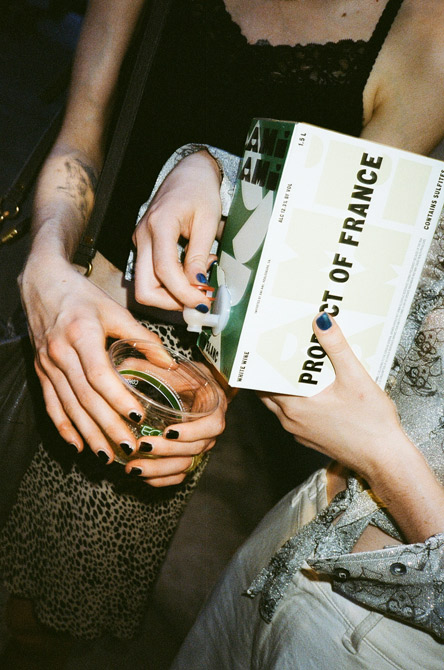
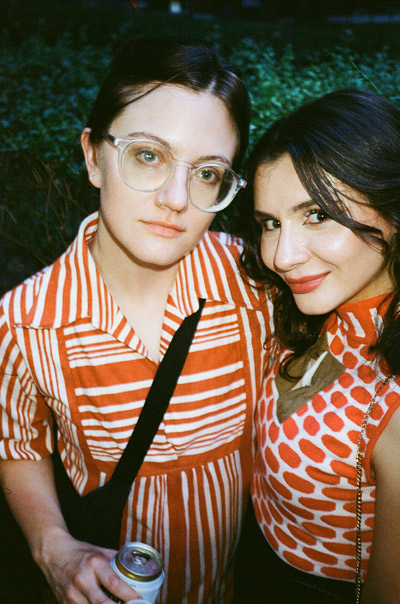
July 27th
The crowd squeezes into François Ghebaly, spilling out onto the patio. For the NYC CE Finale, the lineup mirrors my literary tastes: Archway Editions beatniks Chris Molnar, Naomi Falk and Heavy Halo, along with Big 5 novelists Daniel Magariel, Megan Nolan and Hannah Lillith Assadi. For spice I toss in hottie translator Samuel Rutter and Neoliberalhell provocateur Matthew J. Donovan. Go low, go high, go out with a bang.
Gallerists, MFAs and goths, Maoists and edgelords mix and mingle. I’m begging everyone to come inside, quiet down and not touch the art.
The gallery’s a sauna and with the heat my mind wanders over the past month: ketafiend poets, alcoholic novelists, writing every morning and partying every night with NYC’s endless supply of crooks and con jobs, schemers and the scammers. The 20 writers I’ve curated into three Casual Encountersz during this hellaciously hot July. The journalists, agents and editors I’ve tried to seduce into caring about my manuscript. And what have I learned? I wonder as the boxes of Ami Ami run dry and Ghebaly’s staff throws us out.
We return to Clandestino and like an omen another of Sophia June’s platforms breaks. Again. Maybe June’s shaky platforms signal that literary scenes, no matter how professional or bohemian, how good or bad, are doomed to collapse, that their ephemerality is what makes them magnetic, unique, special.
Meanwhile people keep introducing themselves, saying we met at one of the CEs or another reading or just out and about. It’s strange because though I try to introduce myself and make everyone feel welcomed at Casual Encountersz, often I’m blacked out with anxiety and don’t remember much. Only that it was debaucherous, that I was moved by pretty words, that I was surrounded by so many beautiful people.

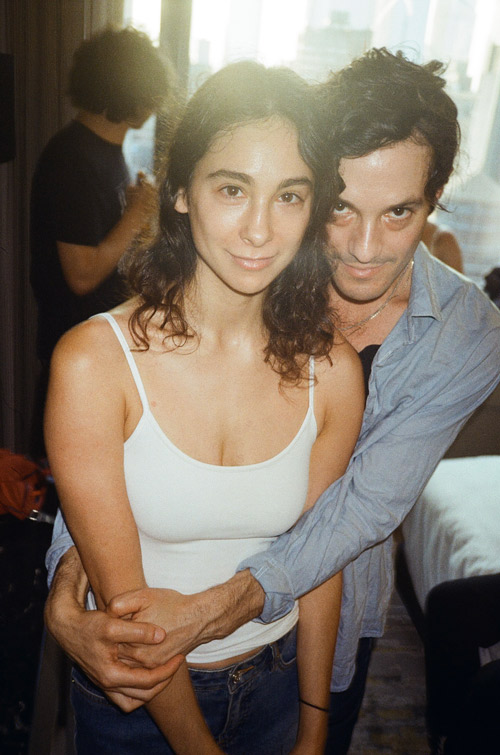
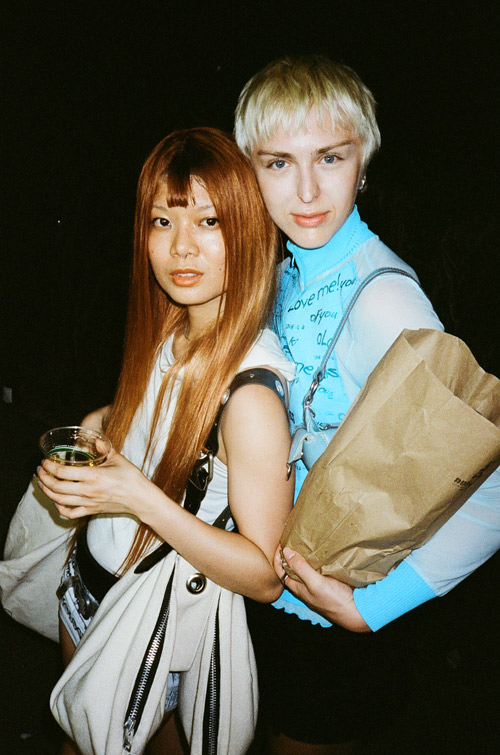
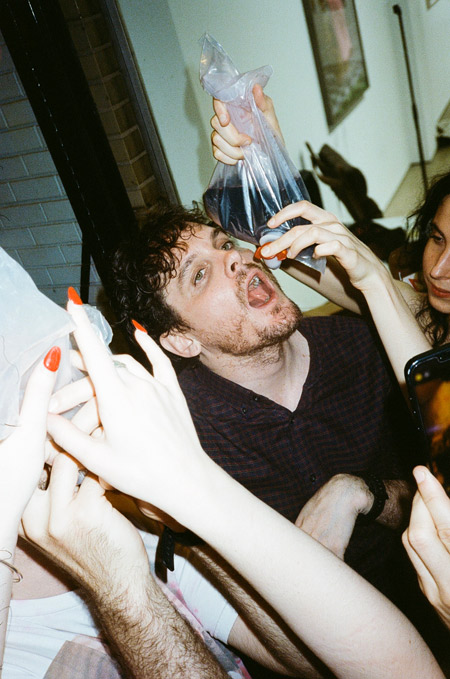
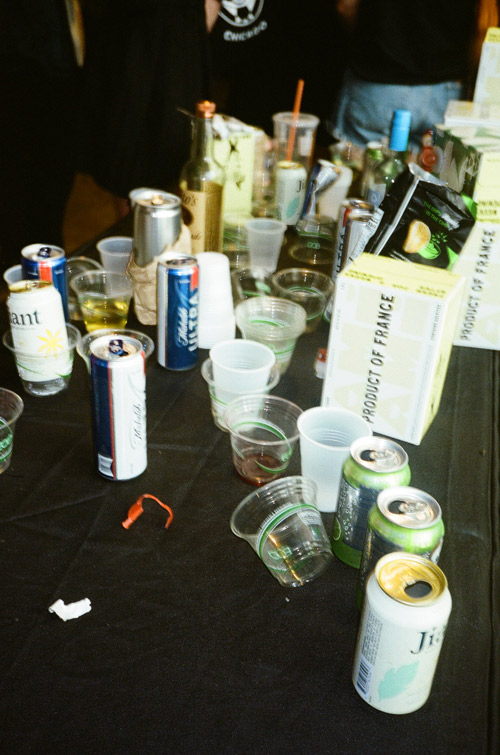
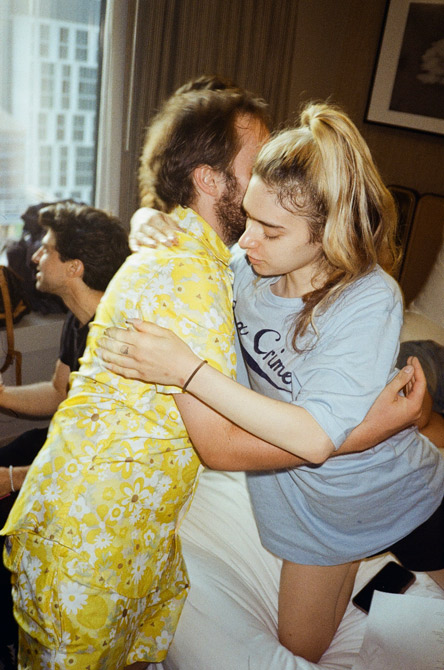
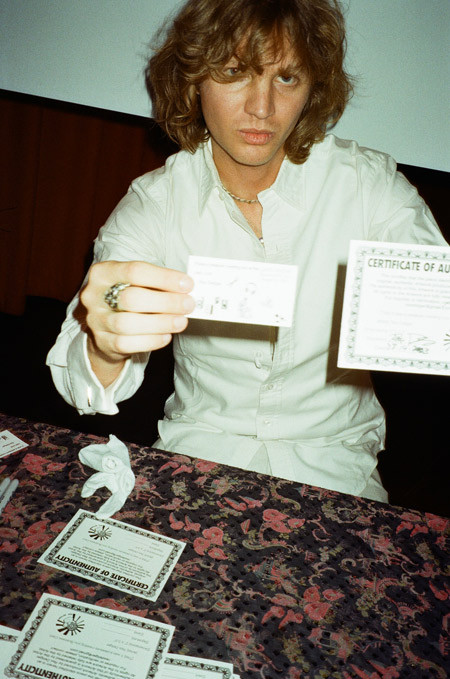
Embarking on the idea that his cards must be different, memorable, his signature ethos was born, what he personally refers to as “honest irony.” A theme which permeates his work up until today, ranging from cards with phrases like “It was a pleasure meeting you at the HOTTEST CLUB IN IBIZA” to “It was a pleasure meeting you in the bathroom line.” It’s the hyper-specific cards that DeTiger speaks of as the most enjoyable, such as “at the 6:15 pm showing of Bottoms at Angelika on August 26, 2023.” The rest speaks for itself, but that striking punch is nonetheless present, celebrating the irony and authenticity that defines our encounters, and transforming them into humour.
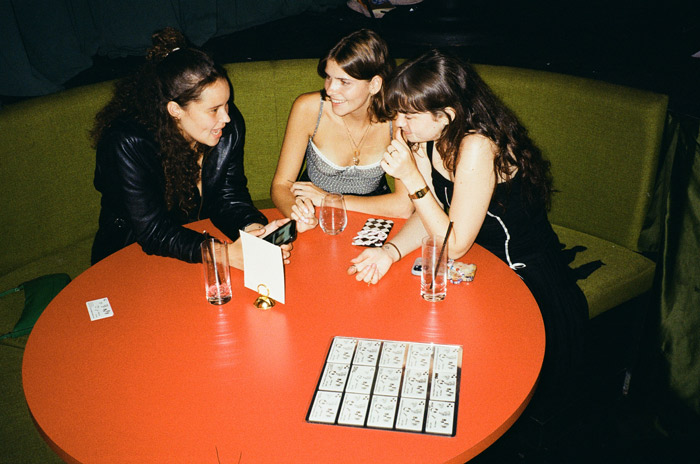
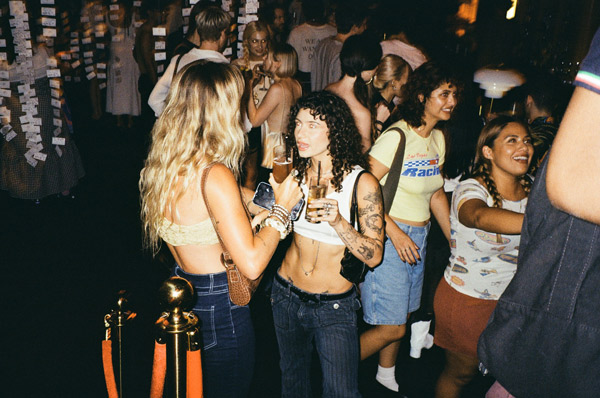
At the heart of The Card Show REXTROSPECTIVE was a unique display of Rex's business cards, both archived and upcoming. The artist transformed some of the otherwise flat format prints into 3d artifacts, preserving the aura of the original creations while producing limited edition replicas for attendees to bring home, together with the memories of the night. One of the most captivating displays was the first-ever Rex business card, "Art Basel 2017," placed on a rotator inside a glass display case. Attendees could view the original card alongside limited replicas, exclusively crafted for the show.
The event could not be described as not just an art exhibition; it was a celebration of encounters, serendipity and his - still rather short - history. The cards and objects opened up for conversations about where the guests had first met DeTiger, exchanging tales and information, finding common ground and naturally fusing future connections. Also one of the artist's intentions.
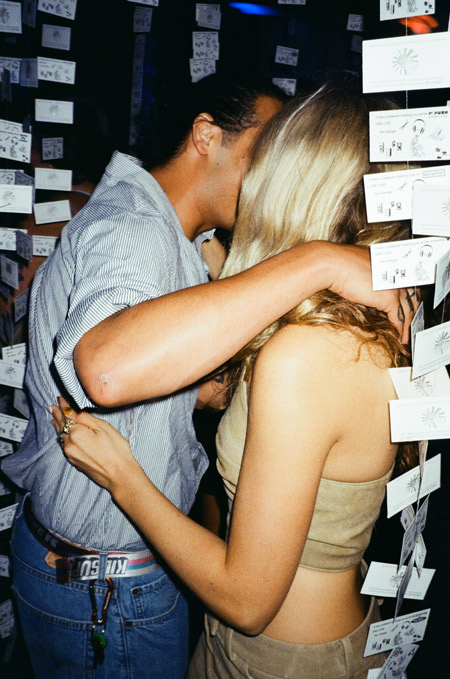
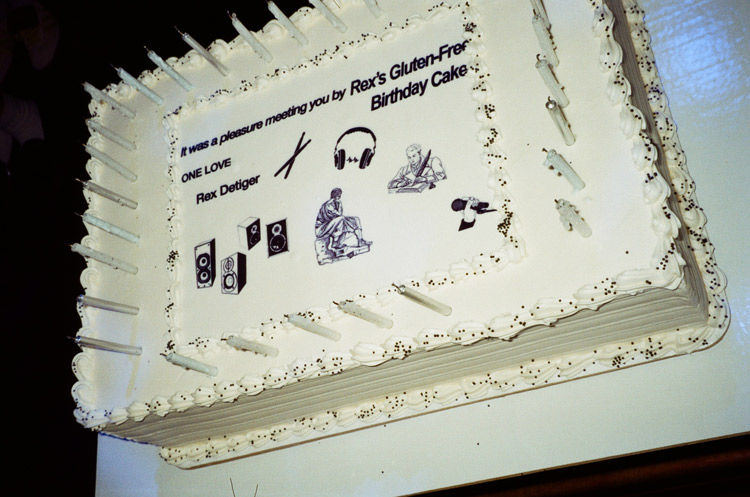
As for the future, DeTiger has exciting projects on the pipeline. He plans to host another Card Show Rextrospective in LA (date to be announced) and is gearing up for a North American and European tour, where he'll showcase his drumming skills. He's also eagerly awaiting the release of his sister Blu DeTiger's new music, on which he collaborated. We eagerly anticipate DeTiger's next artistic endeavors and the continued magic he spreads and shares through his multidisciplinary approach.
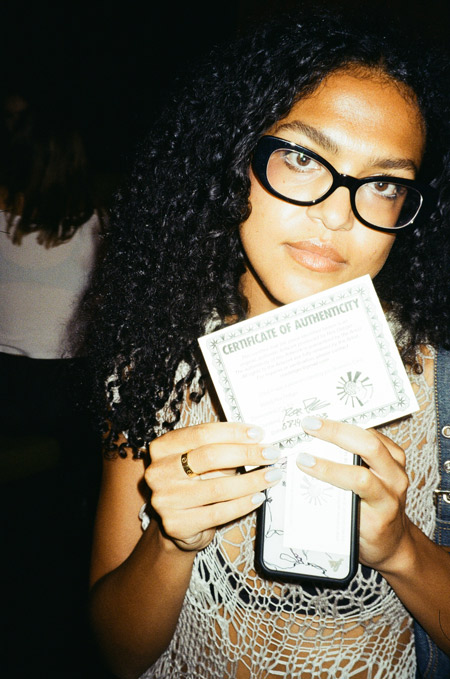
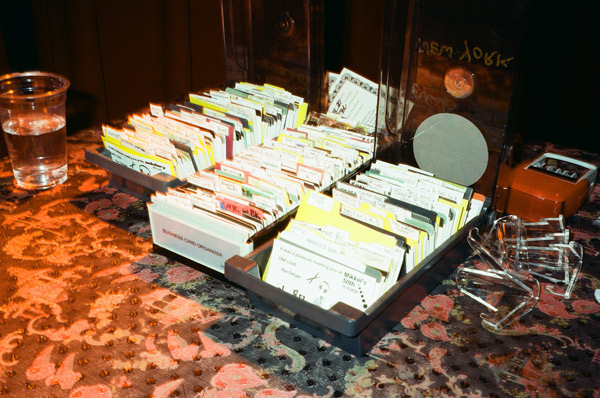
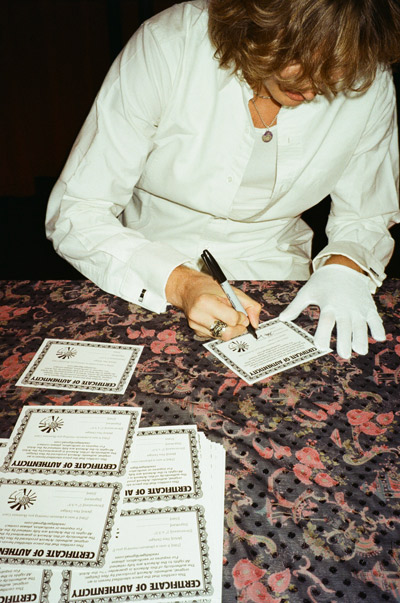
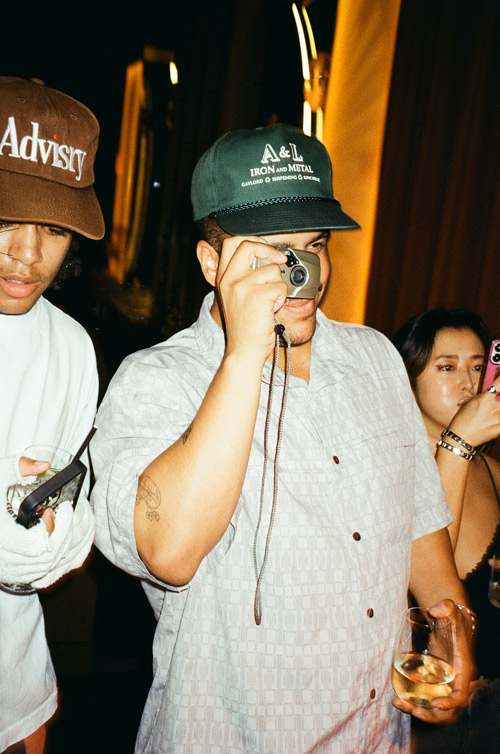
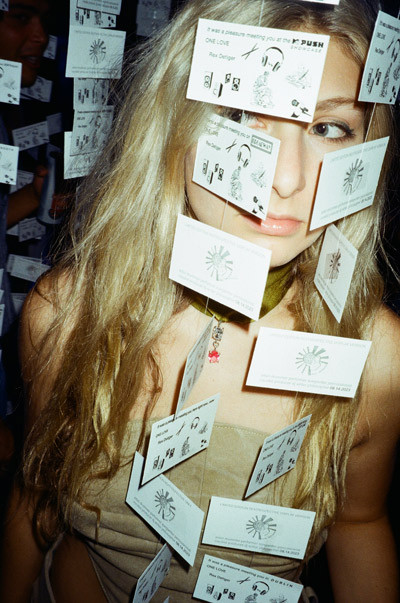

What the f*ck is the Metaverse?
The Metaverse is an amplified version of our existing functional digital realities. Put simply, it’s the web but more immersive and sat on a blockchain, which means it pivots the ownership hierarchy too. There is not one, but many metaverses: Think of each metaverse as cities and villages. At IoDF we use the term web3 as this is actually a more accurate term that reflects ‘the transition’ (web2-web3) to the decentralized internet where users have more control. For us, the importance is what we do with this tech, not the 0 and chains that make it up; that’s just the tools. We believe in a space where community, transparency and ownership are divorced from the hierarchical structures we see today, and for us that’s the beauty and power of the metaverse/web3.
Beyond NFTs, AR and AI, which are practices that have become increasingly commonplace in the luxury and emerging market sectors, how do you feel that brands have adapted to the metaverse and the realm of digitalisation?
Brands are becoming more innovative in their strategies, partnering with web3 experts and companies like IoDF and even investing, Epic Games partnering with LVMH and famously the Nike and rtfct acquisition. Since December 2021, Nike has earned $185M dollars in digital assets sales revenue and generated $1.3B in sales volume. They made 8x more in revenue. Seeing Nike’s output with RTFKT has been a real show that working IRL and URL should be in unison, a mission statement of ours since inception. The real successful adaptation is when you see the values of web3, community, authenticity, loyalty and democratization be woven into the brand's offerings. To be clear, there are two very different markets, the web3 collectors and enthusiasts, then the fashion audiences. Part of our mission is to bring the physical fashion industry to recognise the infrastructure shifts that web3 can enable: to build in more profit, re-structure IP, explore wider creative freedoms, reward community and avoid the current leading conversation that is ‘tech, nft, crypto and metaverse.’ A brief list of brands that have delivered Web3 initiatives, which shows the traction, are Prada, Yves Saint Laurent, Gucci, Louis Vuitton and Burberry to name a few. We have been working with consultancy to assist in this pivot on how luxury and emerging brands can be a part of this shift with authenticity. It means listening to the audiences first, so we deep dive into insights, and real-time analytics and build focus groups to understand what the semantics shift means to those audiences. Famously, we produced and strategized the H&M metaverse design story, a 360 production now sits as the pinnacle of digital fashion fidelity. A CGI motion-captured campaign that introduced for the first time digital fashion alongside physical, yet the physical was not center stage. Our work pushed to change the narrative, adoption will not occur if digital fashion is stuck in smart contracts and digital wallets or on Instagram as a filter; we need to showcase to the world the radical beauty of digital fashion and push the desire.
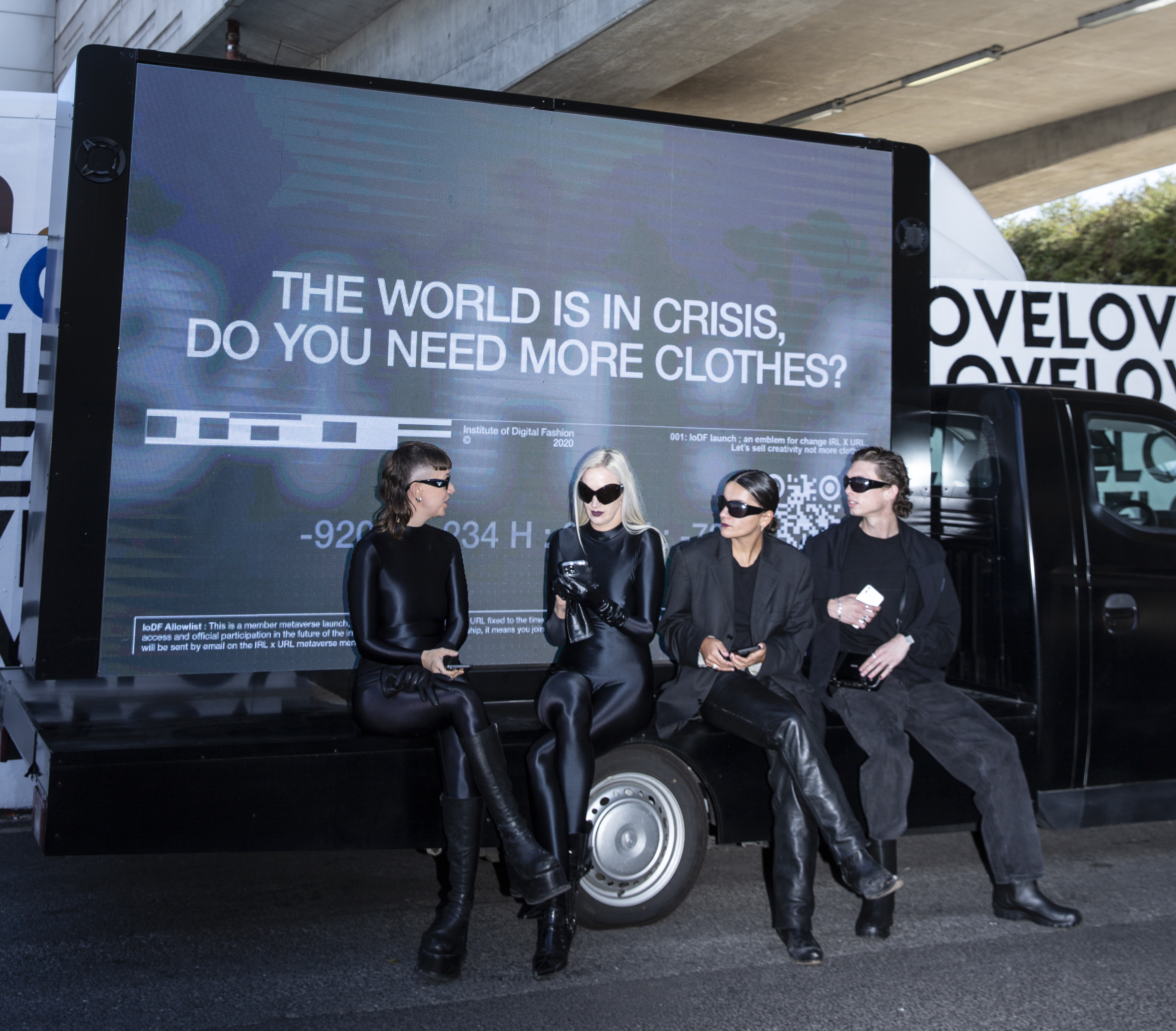
Could you explain how IoDF came about, expanding on the frustrations you encountered setting up your company?
We built IoDF to revolutionize the fashion landscape, fostering democracy, sustainability, and innovation. Our goal was to forge a platform that wields technology as a democratic tool for transformative change. An ecosystem that breaks traditional barriers, allowing real-time co-creation, equity-sharing, and sustainable practices to thrive for brands, creators, and users. IoDF envisions fashion not just as garments but as a dynamic conduit of self-expression and empowerment within a space that is built on binary constructs. This irl x url fashion space was a natural progression for myself and Catty, stemming from our deep-rooted commitment to innovation, creativity, and inclusivity. With my background working in fashion tech, with blue chip companies driving innovation and experiences, coupled with Catty's pioneering work in the digital fashion realm, we saw a bright future together. A future that no one had built, one that embraced community for everyone beyond biases, seasons and realities, incorporating abundant storytelling opportunities. We encountered so many push-backs, as two strong individuals who were not cis white men meant we had to shout to be heard, be harder, more researched and ready for push-backs. As the semantics of fashion changed due to events like COVID we knew we had to work hard. Our platform, which we are now building, is that space in real-time, enabling co-creation, equity-sharing, and sustainable practices.
What are the biggest challenges, boundaries and limitations when it comes to approaching - and placing - brands in the Metaverse?
To be able to buy trade, sell your assets with no middle man and to exit the horror of the attention economy. Currently tech companies deal on a ratio or a user spending 95% of time and 2% spend within that time so the attention economy trap is the economic drive. The customer becomes the product. Harvesting our attention (time and data) is now an integral part of the revenue generation strategy implemented in numerous business models. The beliefs of web3 is for ownership to prevail, the opportunity is to profit from sales not data, removing the need for persuasive design features, addiction and your personal data being abused. Platforms like Facebook, Twitter, Instagram, Snapchat, and TikTok are built on persuasive technology, technology created specifically to change its users’ opinions, attitudes, or behaviours to meet its goals. Technology companies consider factors like motivation, ability, and triggers when they are designing their apps, with the goal of persuading you to spend more time clicking and scrolling. Persuasive technology companies specialize in algorithms that influence human behavior because that’s what they sell to the advertisers who are their customers. Benefits are also the financial infrastructure, i.e. developing countries where banking is not part of the country's infrastructure and do not have finance systems inherently, all you need is a block chain and a wallet to earn, your office is the internet. Blockchain is the underlying and fundamental layer of importance. Many brands are yet to consider it a long-term legacy project, missing the opportunity for lasting impact. Testing, listening, building is what is needed and that means incremental changes, not something for the press to write about. We want to see web3 structures and platforms that last, and which are not PR or marketing moments but legacy infrastructure changes. Tech is not the lead conversation for sales, but a tool to do more, and expand the breadth and depth of creativity, promote traceability and to applaud the authors by royalties and more economic stability. That is why we are building IoDF – and why we have built IoDF's consultancy services to address this challenge, aiding brands in crafting enduring transitions.
Touching on the ever-evolving component of wearable technology, how do you see it taking shape in the future?
Wearable technology's future is a canvas of limitless possibilities. We are still in the first incremental stages but biotech will really be the interesting pivotal moment. We are talking closely to companies building these types of markers that will shift the attention economy, which means so much change for users in particular. Fashion, beyond its tangible aspects, is a conduit of cultural expression and is poised to amplify its narrative through digital design, transcending physical confines. Digital fashion is a playground for experimental ideas rooted in the materiality of imagined realms. Elements like wind and water become creative tools, we often use these tools to demonstrate the boundless potential. We have the opportunities to digitally render "cloth" to wrap around the screen's reality, blending with its virtual environment. Amid this, the concept of community flourishes. Co-creation between designers and wearers takes center stage, allowing garments to be both wearable and interactive extensions of shared stories. What truly sets digital fashion apart is its inclusivity. It democratizes style, transcending traditional limitations. The allure of digital garments lies not only in their visual appeal but also in their accessibility. Regardless of location or resources, anyone can partake in the fashion experience, blurring the lines between creativity, experimentation, and communal engagement.
[In July, IoDF stepped into a live discourse on gender, sex, and the future of queerness in our IRL x URL realities with the queer legend Tom of Finland Art and Culture Festival 2023.]

